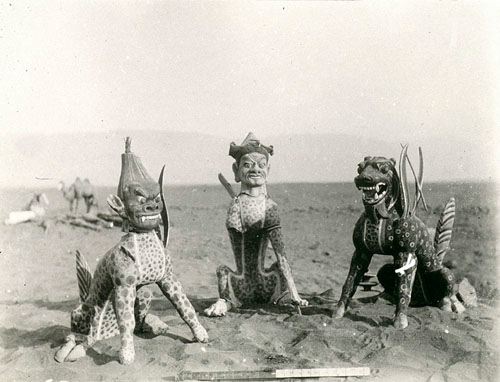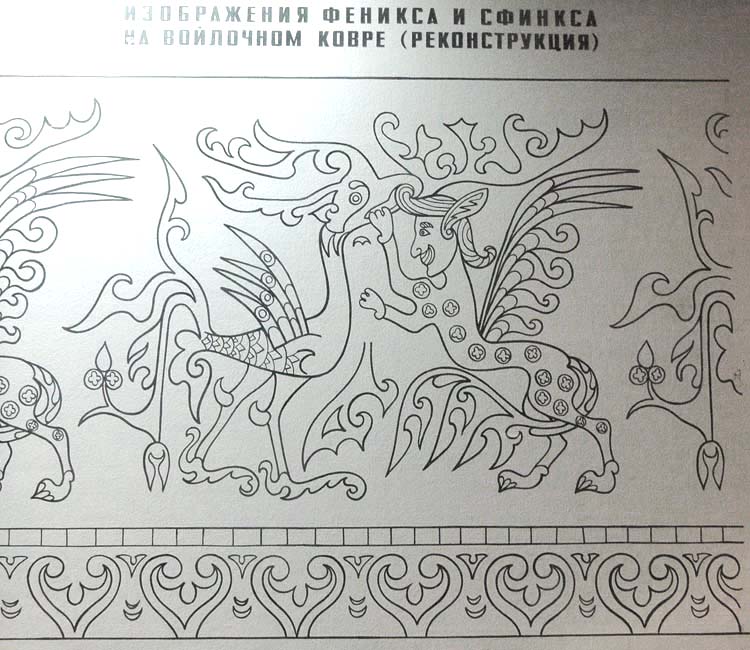Ol’ Ma Nature, She’s a tricksy one. I found a just-out-of-the-water froglet in my D. pumilio Green 2006 vivarium. Why is that surprising? Long story; here goes… Last summer I got a pair of green pumilio from a friend (and kick-@ss frogger) and within a few weeks I started seeing evidence of breeding activity. In the fall, the friend asked if I had a froglet to spare – he was doing a trade and wanted to include a frog from my pair to get an additional bloodline in the hands of a third breeder. I went to pull the biggest froglet and found a corpse – a few days later I lost what I thought was the female of the pair. I was saddened; I figured that this spring I’d look around for a new female and try again. In late November, I got a little concerned – I hadn’t seen or heard the (supposed) male in over a month – so I went though the viv pretty thoroughly. I found him and heaved a sigh of relief. Yesterday I look in the viv and see a couple of pumilio – one that is smaller than I remember the male being, and a tiny one! For those of you who aren’t dart frog fiends, here’s why I’m shocked – it takes a pair of pumilio to raise a froglet. The pair lay and fertilize eggs on leaves or in leaf litter. When the tads hatch, they are transported to a water-filled bromeliad axil. The female feeds the tadpole special infertile decapsulated eggs (pumilio are known as obligate egg-feeders, along with D. histrionicus and D. lehmanni), often assisted by the male, who will call from tad-containing axils to encourage the female to swing by and feed the kids. If a tadpole is close enough to morphing, it can sometimes make it over the hump if something goes wrong with the food supply, but either I’ve had a tadpole getting along by itself for 3 months or a froglet that I never saw became sexually mature in less than, let’s say, 5 months. Either way, an amazing event. I’m going to call my friend and see if he wants the little guy – it would be good to get another bloodline established in the hobby.
Everybody happy as the dead come home
Big black nemesis, parthenogenesis
No-one move a muscle as the dead come home

















